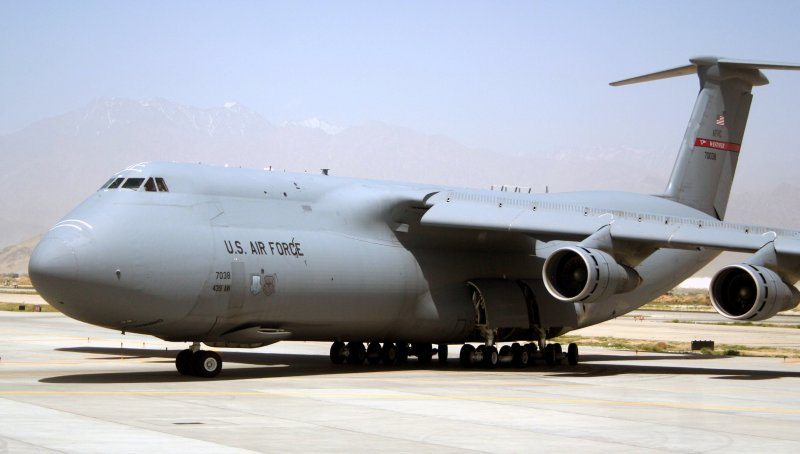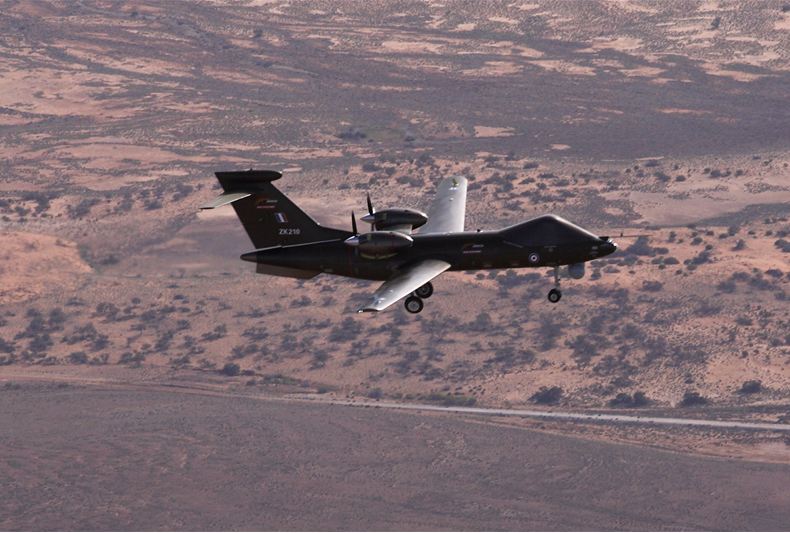Responding to growing questions regarding the relevance of ground forces to future national security requirements, the Army is beginning to make the case for a new operational concept, one tailored to emerging challenges such as anti-access/ area denial (A2/AD) threats and the loss of forward operating bases.
In prior conflicts — including Desert Storm and Operation Iraqi Freedom — the Army deployed into fixed ports and airfields, conducted a deliberate build-up of forces and then struck with overwhelming force. The new concept is to avoid known and targetable locations, deploy into austere places and use agility, mobility, superior situational awareness and surprise to defeat adversaries who may have a quantitative advantage.
The key is to use an indirect approach in the conduct of initial entry operations, essentially landing where the enemy doesn’t expect you to be and isn’t prepared to defend and then conducting fast-paced land operations to destroy the enemy’s A2/AD capabilities, defenses, fracture his command and control and seize key objectives. Think Ariel Sharon and the crossing of the Suez Canal in 1973.
For this approach to work, the Army needs two things. The first is highly capable joint logistics that can support the landing of major formations over the beach. The second is sufficient logistics capabilities to sustain such a force without reliance on major ports and airfields.
These requirements necessitate both a lot of air and sea lift but also different kinds of capabilities. If you are deploying over the beach you have to have the right kind of ships and connectors between those ships and the shore. Airlifters have to be able to operate from smaller, austere airfields rather than large, well-equipped international airports.
In its recent massive annual wargame, Unified Quest 2012, the Army discovered that the Pentagon lacks both sufficient air and sealift assets as well as the right kind. For example, there are not enough high speed vessels to allow rapid closure to the beach. There are not enough roll-on/roll-off ships that can offload equipment and vehicles without requiring cranes. The Navy lacks the kind of ships, called mobile landing platforms, that can serve as expedient ports. There are few ships able to carry large numbers of soldiers because we have gotten used to flying personnel into theater. The Air Force doesn’t have enough C-17s to provide a sufficient flow of material in the absence of a very robust sealift capability which, in turn, relies on large port facilities.
The irony here is that the Army is prepared to take the risk to fight in a new way without some of its traditional advantages, but is going to be hamstrung if greater investment isn’t made in air and sealift.











